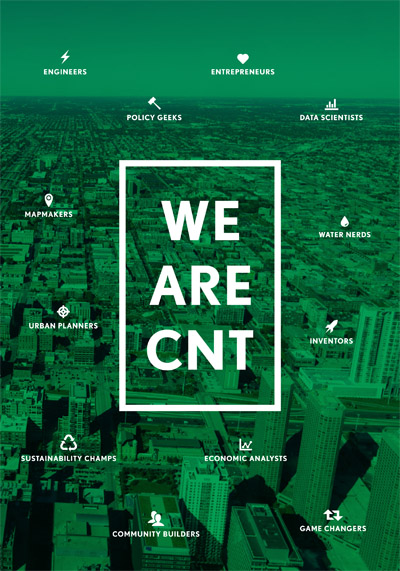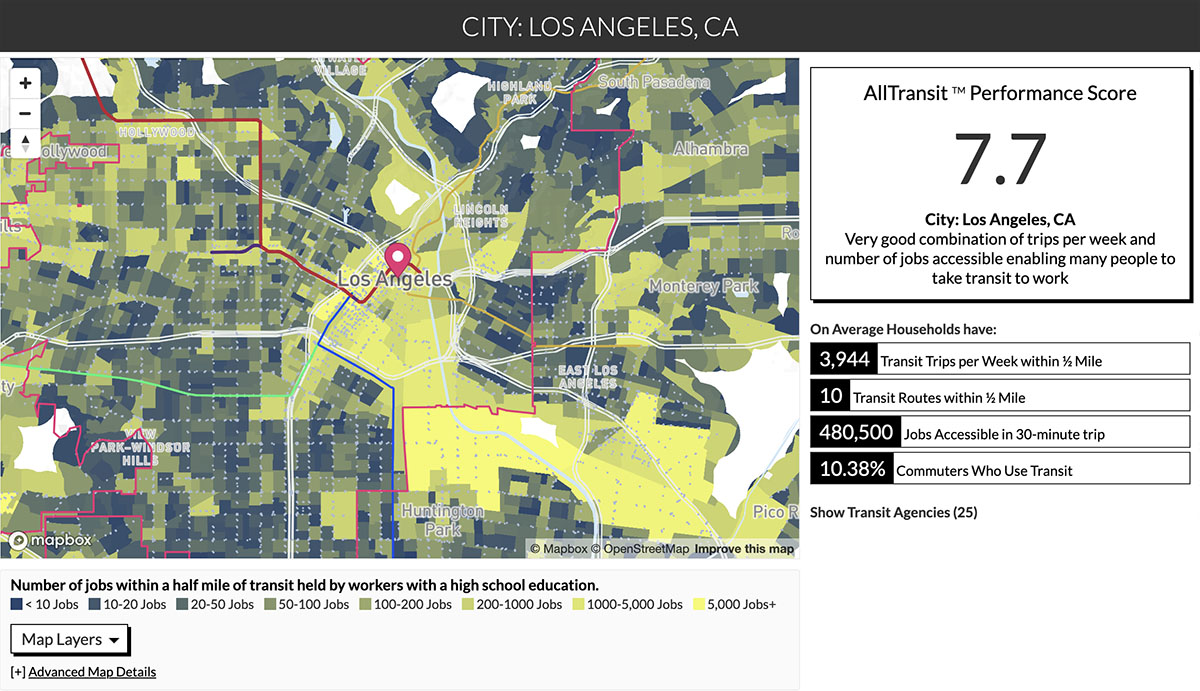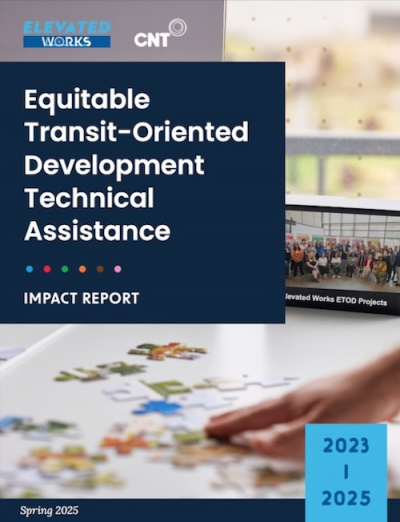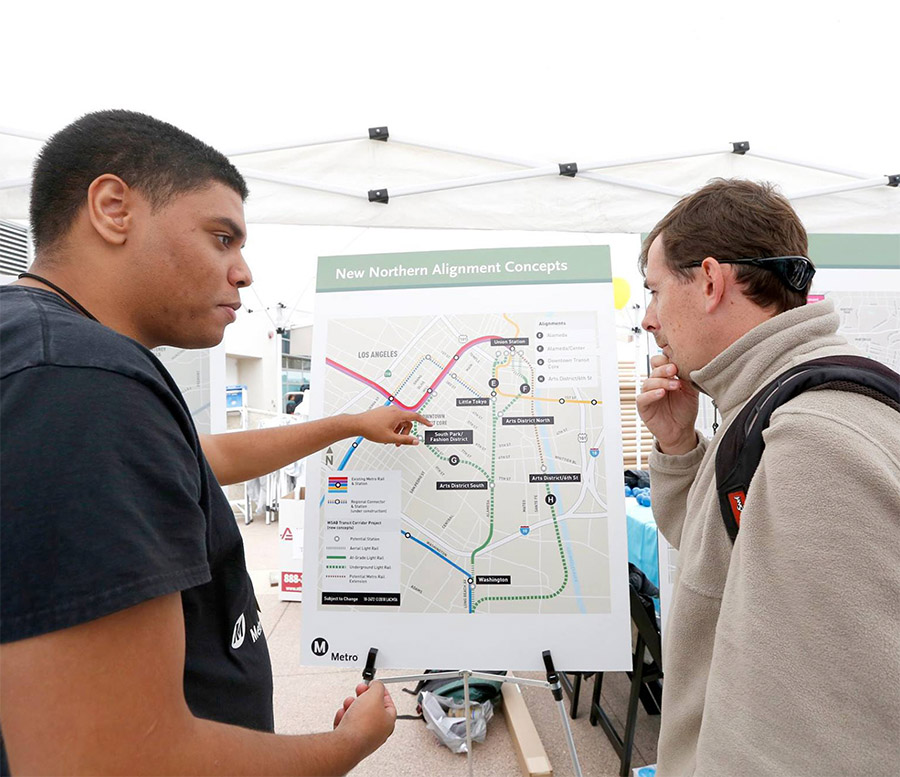Minneapolis city officials are saying it, a St. Paul neighborhood group is saying it, and housing advocacy groups are saying it: the Twin Cities are in an affordable housing crisis.
That might come as a surprise to some. After all, this isn’t San Francisco, overrun with wealthy tech bros and with limited room to expand. To be sure, the Twin Cities are more affordable than a lot of coastal cities. First things first: how do we know whether housing is unaffordable or not? The standard measure for whether housing is affordable or not is if a household is spending 30 percent or more of its income on housing expenses. But is a standard developed 80 years ago still relevant today? Not everyone thinks so. Critics dismiss the 30 percent benchmark as all but meaningless because it doesn’t account for the differences in other expenses households have, be they medical or transportation costs.
Sticking to numbers that are easier to measure, another metric, preferred by some, is the H+T Index calculated by the Center for Neighborhood Technology. H+T starts with a regular income threshold and adds in transportation costs, which it says are most households’ second-largest expense.
According to this measure, housing is affordable if households spend no more than 45 percent of their income on housing and transportation. When you factor in transportation like this, some parts of the suburbs, where households would presumably spend more on transportation, become less affordable.





 Strengthening Transit Through Community Partnerships
Strengthening Transit Through Community Partnerships